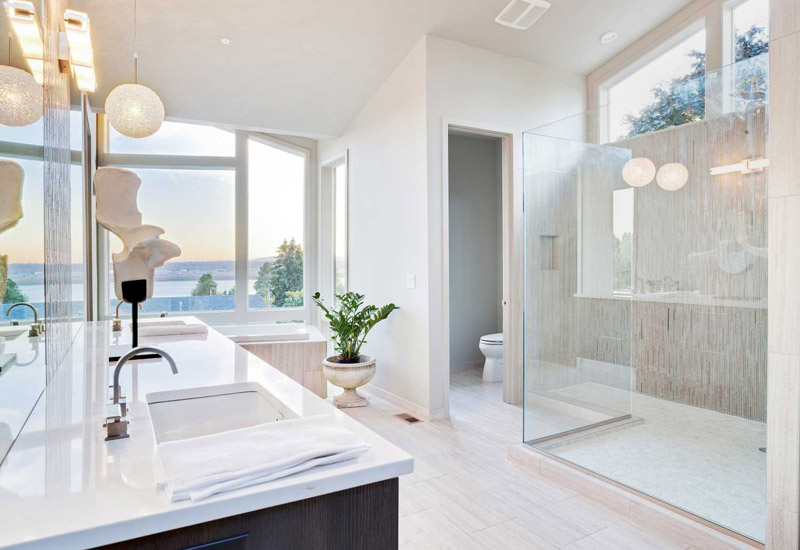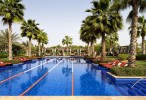Q. Are rooms that are undergoing renovation also stressing on adding low water and electricity consumption materials, and why?
Louise: Geberit products are exemplary when it comes to water and energy consumption and sound insulation. A broad range of Geberit products help with the implementation of green building concepts and standards such as Minergie, DGNB, BREEAM and LEED. Nine Geberit product groups — a total of over 500 sales products — carry the water efficiency label WELL. Eight of these nine product groups carry the top ‘A’ class label and account for more than 17% of group sales.
Toni: Sustainability and water saving products have an important impact on bathroom design. In general, the contemporary hotel bathroom has to meet sustainable design, green production and ecological usability. The upcoming challenge will be to develop innovative solutions and to optimise existing technologies that are already on a high level today. That includes water saving as well as energy saving and environmentally friendly production processes.

| Advertisement |
Jane: Absolutely, water consumption is a hot topic in Dubai and everywhere else in the world. The UAE is known for having a high level of water consumption which it wishes to minimise. Introducing Aliaxis branded Sanit flushing mechanism offers a minimum flush of two litres. It can be individually adjustable for a small and big flush. Keeping in mind that a restroom water consumption makes up 30 % of the total water consumption, this is a big saving in water and has a direct impact on operating costs.
Karen: I believe some of them yes, because it is an important trend in the industry and also an important act to show that ‘as a leading hotelier we need to think more about our resource allocation’.
Sophay: Yes, we find that some of the hotel projects undergoing refurbishment are interested in adding brassware with reduced flowrates. Not only will this minimise water consumption, it will also cut down on operational costs. Projects should be concerned about meeting sustainability demands and should incorporate green design.
Adnan: For a number of years, this was limited to a focus on reducing their properties’ energy consumption in terms of heating and lighting, and now we are seeing measurable results in this space. Water consumption was a huge challenge for hotels, particularly for resorts in the warmer climates of the world. On average, an overnight guest staying in a luxury hotel consumes between 300 and 1,400 litres of water, significantly more than the typical local population in the same area.
Q. What’s the sweet spot between price and quality, do hoteliers lean towards one particular side?
Louise: Spending wisely, taking into account that a cheaper material might initially cost less but could cost you more in the long run with its higher water and electricity usage.
Toni: Despite all claims to qualitative growth, many consumers are tempted into choosing the greatest possible quantity of goods and services. The consequence is that markets are inundated with low-budget products. However, these are not worth the price. For this reason, we pull out of the competition in places where price is the only decisive factor: We aim to create a genuine need by using a range of attractive, high-quality and varied products to furnish complete bathrooms — in hotels or in private bathrooms. Also simple features like colour or texture in the choice of furniture, good storage and wall-mounted sanitaryware to make the room feel larger and uncluttered and make a big difference without blowing the budget.









 Search our database of more than 2,700 industry companies
Search our database of more than 2,700 industry companies









